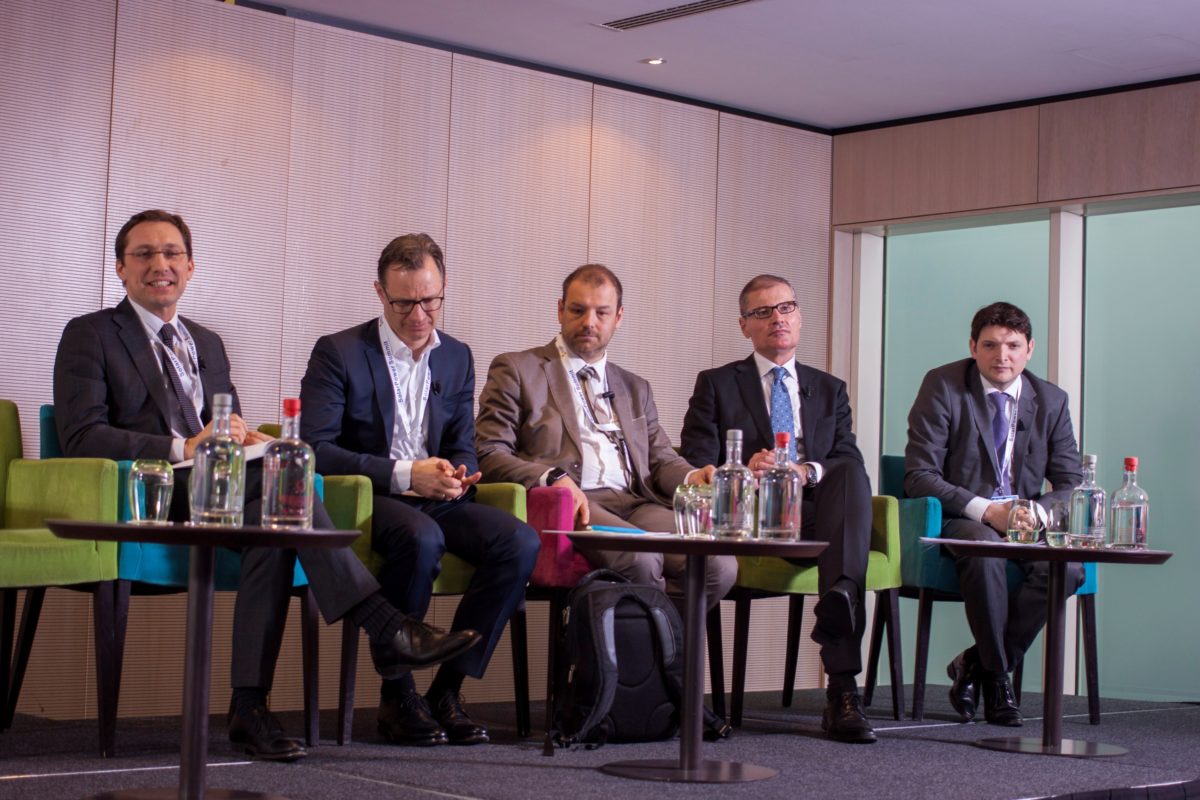The European solar market registered a year-on-year 21% decrease in new installations last year, according to new figures released by SolarPower Europe on the occasion of the SolarPower Europe Summit, which opened today in Brussels, Belgium.
All the PV systems connected to the grid in Europe last year reached a combined capacity of over 6.7 GW. For comparison, the newly installed PV capacity for 2015 and 2014 was of 10 GW and 6.9 GW, respectively.
The association stressed that last year’s demand was not even the half of U.S. demand and that China dominated the market, accounting for more than 66% of global demand. In 2016, China added in excess of 34 GW of PV power, while the U.S. reached 14.6 GW.
While the headline figures made for disappointing reading, there were some more optimistic takeaways from the SolarPower Europe plenary session. European Commission (EC) regulations potentially protecting the rights of the solar ‘prosumer', included in the EC's so-called winter energy package, and a strengthened EU Emissions Trading Scheme (ETS) in particular look to be positive signs emerging on the EU policy front.
Alexis Dutertre, a representative of France at the EU, provided an insight to the machinations behind European Commission (EC) energy negotiations. Dutertre noted that, “PV panels on roofs epitomize new energy generation,” and that the EC is moving forward with efforts to protect the rights of householders who have installed PV or even solar+storage.
“There is a Commission proposal to reduce barriers to self production and consumption,” said Dutertre. SolarPower Europe CEO James Watson welcomed the move, although he suggested that France's support for member states' potential adoption of capacity electricity markets, to secure supply, was not always helpful.
“Capacity markets should be a last resort,” suggested Watson, pointing to generation capacities currently in place within the EU.
In his opening address, Watson noted that PV prices have reached unprecedented low levels in Europe and especially in Germany, where solar power was sold at €0.06/kWh in the auction for MW-sized PV projects held in February 2017. He said that if these prices were extrapolated to locations with higher irradiation levels, such as in Greece, large scale solar in Europe can achieve prices close to €0.03/kWh.
Popular content
A second positive development from within the EC introduced to attendees during the plenary session in Brussels today, was that member states are making progress with reforming the ETS. Currently, the ETS has not been effective in sending a price signal to electricity generators to entice them away from polluting coal and towards renewables like solar, due to a severe oversupply of carbon certificates.
French EU representative Dutertre said that progress was being made in the European Parliament and EC to clear the credit surplus currently undermining the system.
“We are moving in the right direction,” said Dutertre. “The market works but it does not deliver on price as there is oversupply and a surplus in the current market.” The current credit surplus stands at around 1.5 gigatons, the representative explained.
“The latest signals is that in the European Parliament and the European Commission we have voted for strong measures that will help deliver a robust price signal.” To do this, Dutertre suggested that “after a certain period of time reserve credit quotas should be cancelled. We have seen some improvements in the carbon price signal, and we can be more positive and optimistic about the possibilities to move forward through ETS reform.”
When asked about potential push back from some EU member states against measures to protect PV ‘prosumers', such as those that have been seen in Germany, Dutertre said that there were few signs of that occurring at this stage.
“We have just started the debate,” said Dutertre. “Everyone recognizes the role of prosumers and integrating this in the new market design and system. “I have seen more discussions on capacity mechanisms and increased targets on energy efficiency [among EU members].”
The annual SolarPower Summit concludes on Wednesday.
This content is protected by copyright and may not be reused. If you want to cooperate with us and would like to reuse some of our content, please contact: editors@pv-magazine.com.




By submitting this form you agree to pv magazine using your data for the purposes of publishing your comment.
Your personal data will only be disclosed or otherwise transmitted to third parties for the purposes of spam filtering or if this is necessary for technical maintenance of the website. Any other transfer to third parties will not take place unless this is justified on the basis of applicable data protection regulations or if pv magazine is legally obliged to do so.
You may revoke this consent at any time with effect for the future, in which case your personal data will be deleted immediately. Otherwise, your data will be deleted if pv magazine has processed your request or the purpose of data storage is fulfilled.
Further information on data privacy can be found in our Data Protection Policy.